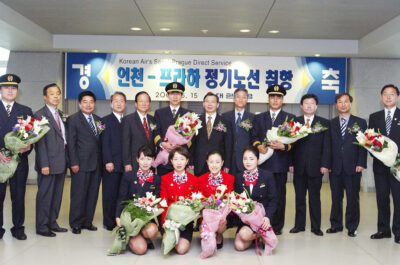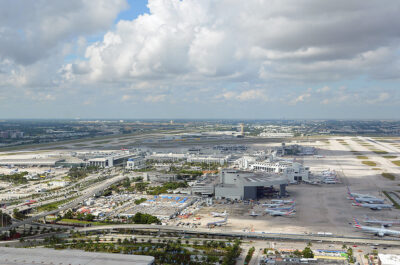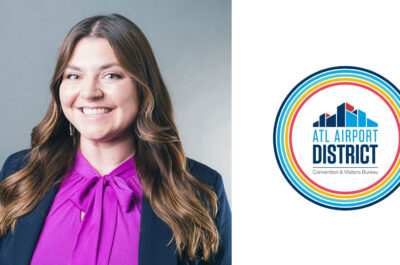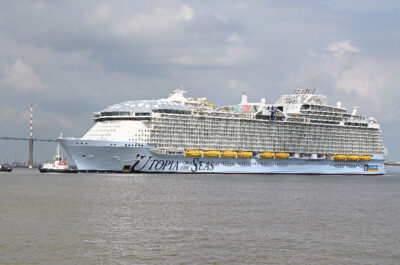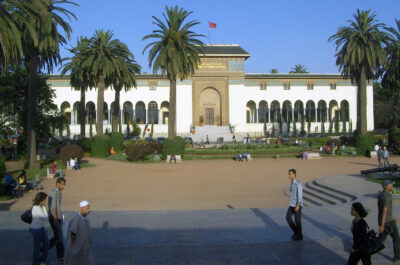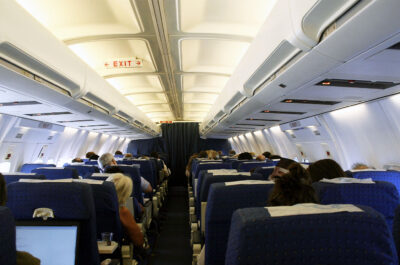Jones Lang LaSalle Hotels announced that the transaction volume growth of single-asset hotels doubled to $7.3 billion in the first half of 2004…
Jones Lang LaSalle Hotels announced that the transaction volume growth of single-asset hotels doubled to $7.3 billion in the first half of 2004. The company reports 58 transactions over $10 million, representing 72,886 rooms, with an average price per key of $100,698 in the first half of 2004 versus the first half of 2003.
“The U.S. last saw this level of hotel transaction activity during the REIT boom of the late 90s,” said Melinda McKay, senior vice president, Jones Lang LaSalle Hotels. “Due to this pace, as well as the volume of assets available on the market, the weight of the capital in the lodging sector, and the typical disproportionate share of transaction activity during the second half of the year, we expect full year transaction volume to reach close to $10 billion – a 48% lift over last year’s level of $6.7 billion, and almost three times the 2002 volume.”
This high volume of activity is due to a combination of factors: the number and types of buyers; the amount of equity chasing hotels and the availability of favorable debt; and an increasing interest by owners to bring properties to market.
“We have a unique understanding of the hotel transactions market as Jones Lang LaSalle Hotels has arranged one third of all single asset hotel transactions that traded at prices greater than $10 million during the first half of the year,” said Art Adler, managing director and CEO-Americas for Jones Lang LaSalle Hotels. “Larger assets as well as multi-billion dollar portfolio transactions are more prevalent in this market where major urban and resort hotels, and those being sold subject to brand and management, are trading. However, there are still not enough assets on the market to satisfy the enormous weight of the capital in the system. All active indicators suggest that the U.S. transaction volume will continue to rise throughout 2005.”
The figures were compiled from Jones Lang LaSalle Hotels’ comprehensive database, which includes all hotels sold for more than $10 million.
The key buyer groups of U.S. hotels are comprised primarily of public companies, which represent 49% of the buyers in the first half of the year, as well as private equity and opportunity funds, which account for 41% of the transactions. “Private equity and opportunity funds are allocating a higher proportion of capital to the lodging sector due to a lack of competitive returns in other asset classes, as well as the ability to place significant debt on hotels, resulting in strong cash-on-cash returns,” said McKay.
“From the investor standpoint, hotels provide good risk diversification by asset type, strong comparative returns, a good annuity income stream, and an exceptional counter-cyclical position. Therefore, it is not surprising that institutional and pension fund money is increasingly attracted to the sector,” said Adler. “In addition, the sector is competitively priced on a risk-adjusted basis, with yields relative to office and ten year treasuries at an all-time high. At the same time, values remain reasonable relative to replacement cost and current earnings, and the outlook is positive, providing additional protection from the downside risks associated with economic slowdowns.”
Competition among lenders to place capital has led to sharply contracting spreads to some of the lowest levels on record. Lenders are offering typical rates of 200 to 300 basis points over LIBOR (and even more favorable in some cases), and loan to value (LTV) ratios are also inching up. High quality urban and resort hotels are fetching proceeds of up to 10x NOI, at pricing of between 175 and 225 basis points above LIBOR. This level of proceeds is driven by strong debt service coverage ratios, valuations which place property values below replacement cost, loan-to-value of 70-75%, and market conditions in which operating fundamentals have hit a floor and show clear signs of improvement, making such loans less risky than other property types.
Cap rates have also continued to tumble. The average cap rate on 30 transactions in the first half of 2004, representing $1.8 billion, was 7.0%. “In comparison, transactions executed by Jones Lang LaSalle Hotels (over half a billion dollars value), had an average cap rate of 6.2%,” Adler said.
Theodore is the Co-Founder and Managing Editor of TravelDailyNews Media Network; his responsibilities include business development and planning for TravelDailyNews long-term opportunities.





















